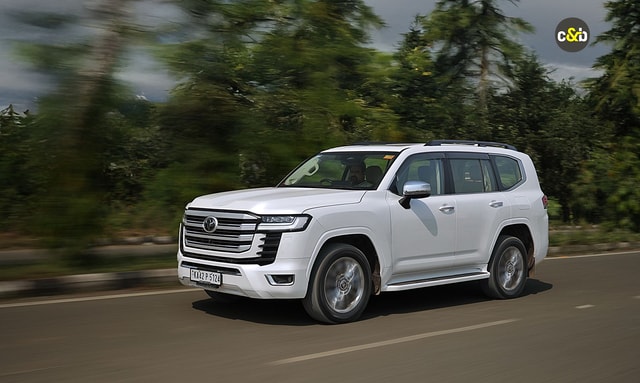2025 Toyota Land Cruiser 300 Review: Beast From The East

- 3.3-litre, twin-turbo V6 diesel develops 304 bhp and a meaty 700 Nm
- The LC 300 is a big, tough, old-school SUV but feels overpriced
- Buyers can either buy the standard LC or the GR-Sport with more off-road features
The Toyota Land Cruiser name has a sort of halo around it in the automotive circles - long associated with indomitable, reliable SUVs with continent-crossing prowess and off-roading capabilities second to none. The 300 Series became the latest in the line to take the hallowed nameplate, and in India, that name comes with an eye-watering price tag - Rs 2.16 crore (ex-showroom). But does the icon from Japan justify a price tag in the same realm as Bentley and Maybach?
Also read: Toyota Land Cruiser FJ Unveiled: 'Baby LC' 4x4 Is Smaller Than A Fortuner
Land Cruiser 300: Design

The Land Cruiser has never had the most attention-grabbing design, and the same holds for the 300.
The Land Cruiser (LC) has never been about outlandish designs, and the same holds true for the new 300 as well. Big and squared out are the first words that come to mind with Toyota forgoing any fancy design language or lighting elements on the exterior. The nose is characterised by boxy headlamps flanking a large rectangular grille with horizontal slats housing the Toyota logo and topped by a sculpted bonnet. The bumper features a wide U-shaped air vent stretching along the end of the grille, low-set foglamps and a small skid plate element that hides away the underbody protection.
Also read: All-New Toyota Hilux Unveiled; Gets EV Powertrain For First Time; FCEV Also Confirmed
The sides are also all about understated body lines, boxy proportions, with the most dominating element being the large, gently flared wheel arches filled out by 20-inch wheels on this standard model. The rear design, too, is understated to say the least, with large rectangular tail lamps, some faux grille elements on the bumper and a small skid plate.
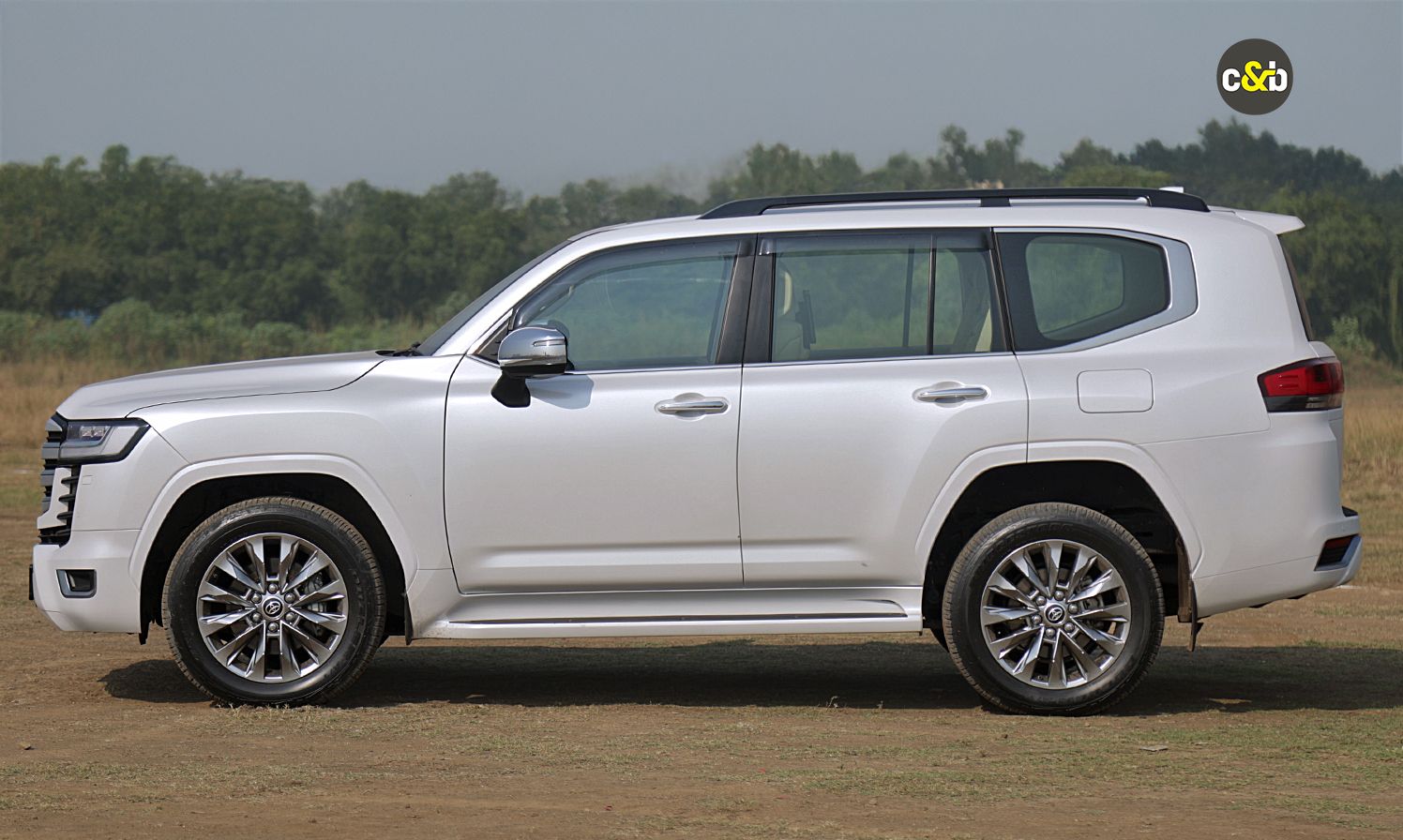
Big, upright and boxy proportions are the name of the game and the 300 stays true to that ethos.
On the whole, this isn’t the big fancy machine that draws eyeballs with its first appearance, but one that can make them pause and wonder if what went past was not the usual, if not get second glances. After all, Toyota is the sensible brand of the family, and Lexus is the luxury head turner.
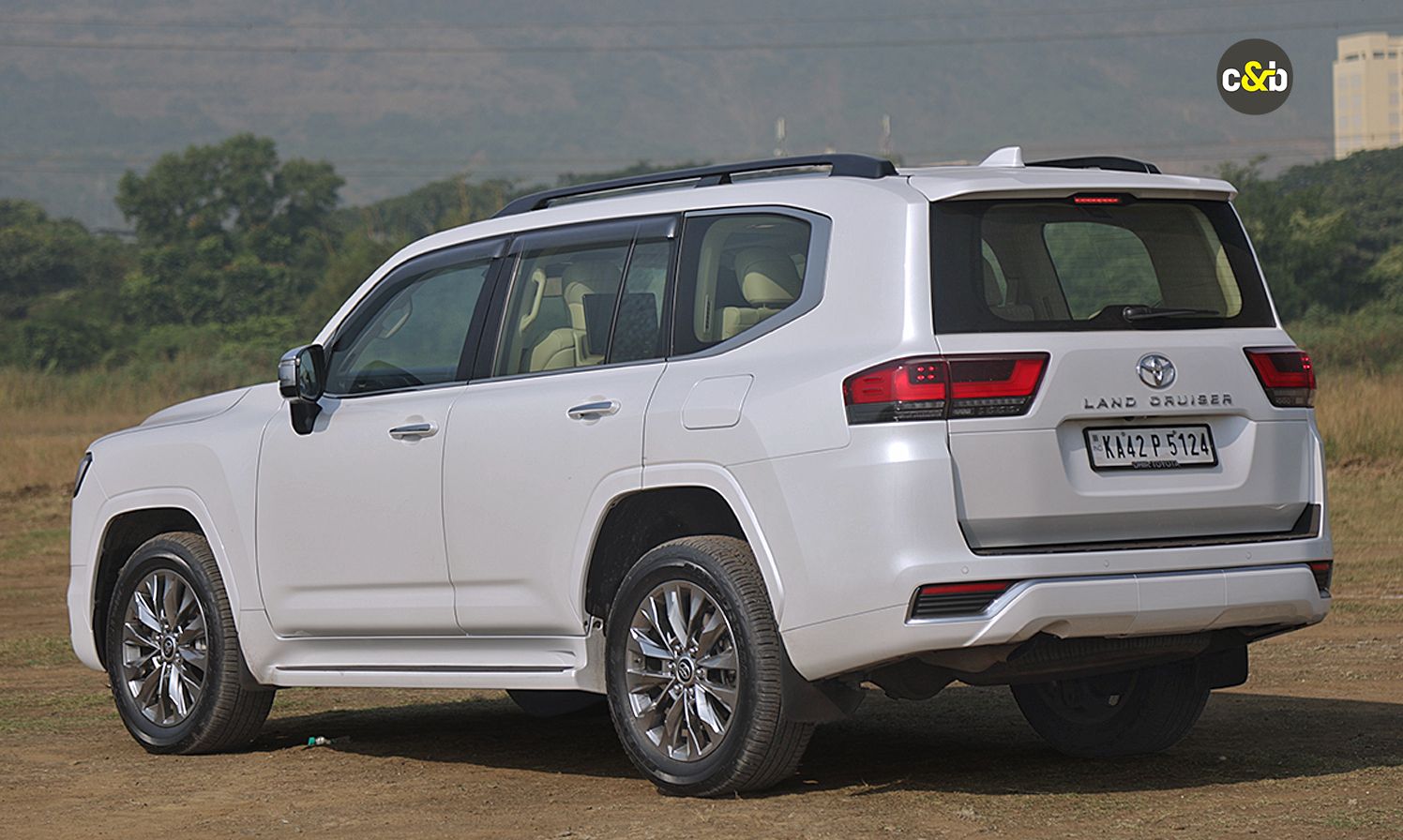
The rather ‘safe’ design doesn't immediately turn heads, but people will do a second take.
That said, the LC 300 is big, almost 5 metres long at 4985 mm,1980 mm wide, 1955 mm tall and sitting on a 2850 mm wheelbase. Also, with its off-road heritage, even this big fat SUV has been designed to handle off-road situations - it's got an approach and departure angles of 23 and 25 degrees as well as 230 mm of ground clearance.
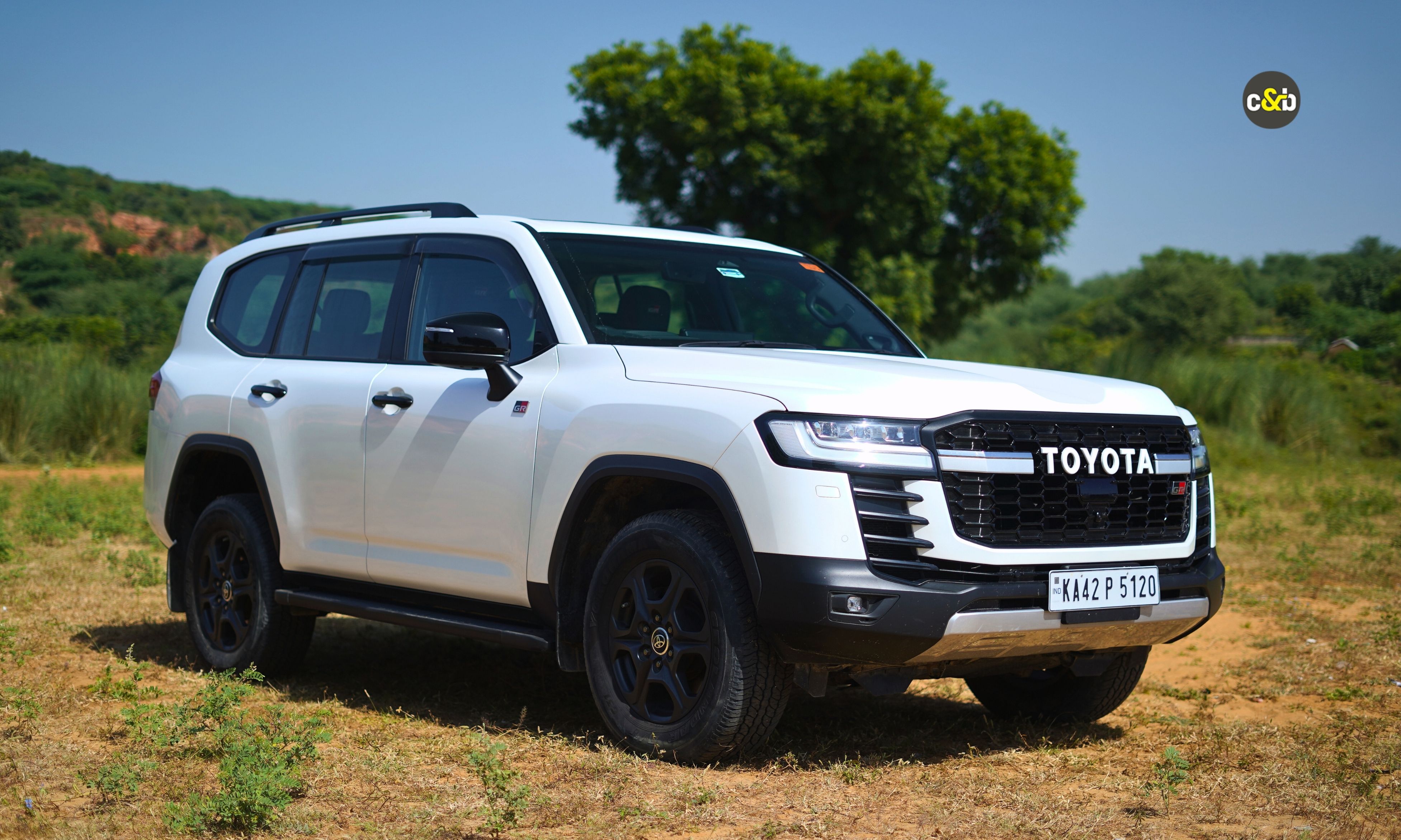
Buyers can also opt for a GR-S variant with slightly more aggressive looks and more off-roading hardware.
Toyota also offers a second GR-Sport variant of the LC 300 as well in India that gets more aggressive looks, smaller 18-inch wheels to the standard model's 20-inchers and more off-road-centric hardware, but not much else. Approach and departure angles are also improved due to redesigned bumpers.
Also read: Toyota Land Cruiser 300 GR Sport: In Pictures
Toyota Land Cruiser 300: Cabin Design & Features
Moving to the cabin, the first thing that comes to mind is that the Land Cruiser has retained some of that old-world charm. Yes, you get modern elements such as a full digital instrument cluster and large central touchscreen, but the centre console still houses a swathe of physical switches for a variety of controls from the air-con to the heated and ventilated seats, to the drive mode and terrain mode selection dial and buttons.

Cabin still feels very old school, but with extensive use of soft-touch materials and leather on surfaces; quality levels don't quite match the price tag.
The gear selector is still a chunky physical lever, though the low range selector is now a toggle switch, and there is an electronic parking brake as well.
Also read: Japan Mobility Show 2025: Lexus LS 6-Wheel Van Concept Previews Future Of Luxury MPVs
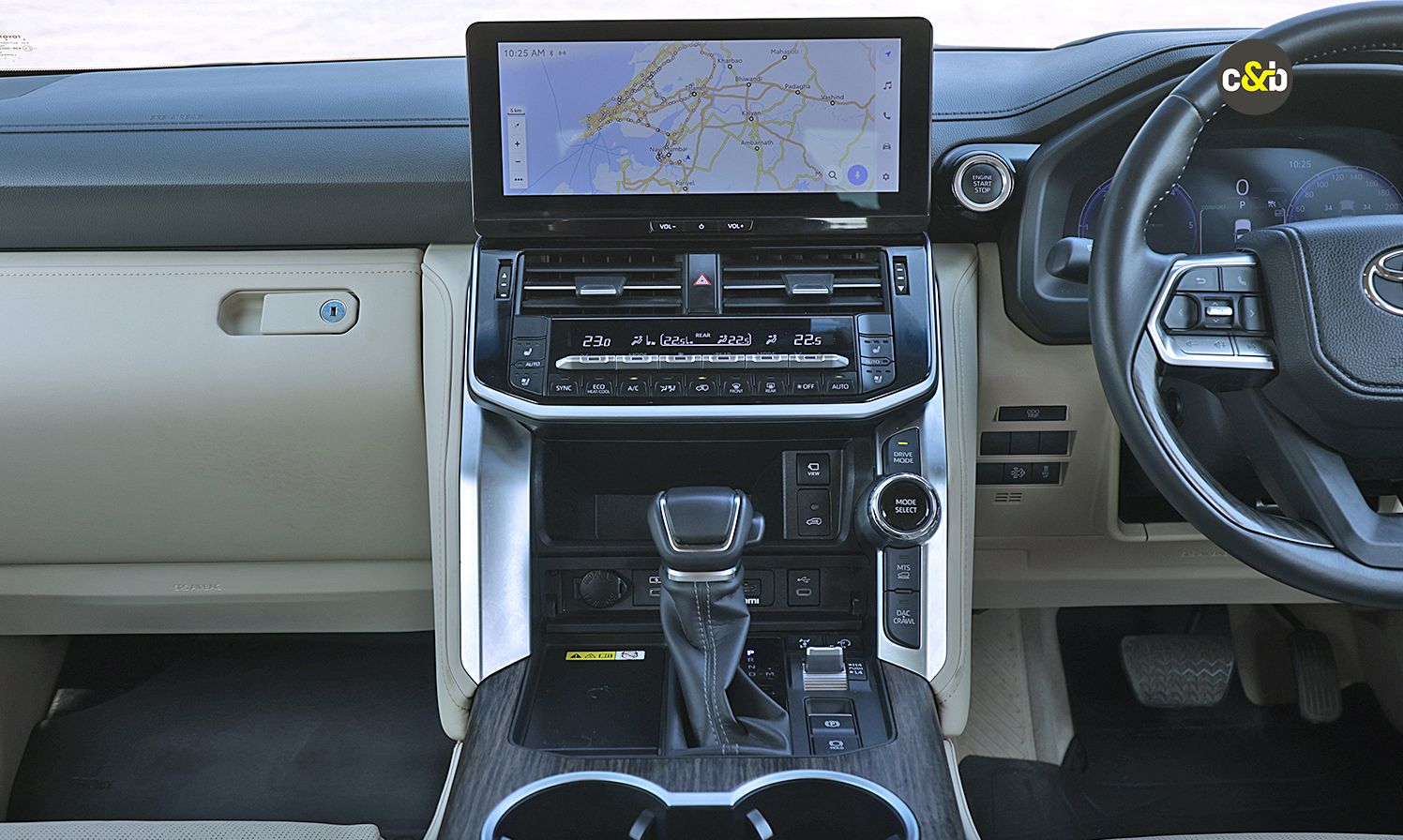
The centre console is a nirvana for buyers wanting physical controls.
Toyota has tried to elevate the cabin experience to as premium as possible with soft-touch materials and high-quality leather across surfaces. On the whole, the SUV feels more premium than its predecessor, but still falls short of full-blown luxury SUVs in this price range.

Front seats are large and six-way power adjustable, with the driver seat also getting a memory function; both front seats are heated and ventilated.
The front seats are large, firm but comfy and six-way electrically adjustable and feature heating and ventilation with a rather unique auto mode aside from the basic three levels. The driver and co-driver get their own unique climate zones, and both also get A-pillar-mounted grab handles to help pull them into their seat.

The front seats come with a rather unique auto function for heating and ventilation.
As for the front digital interfaces, they are nothing special. The digital instrument cluster provides all the required details one would want, including dial-style speed and RPM gauges but lacks any real customisation. Drive modes only change the background colour, and drivers can opt to change some of the MID elements in the instrument cluster to show bits such as wheel positioning, incline and side angle metres and the level of Ad-Blue in the tank.
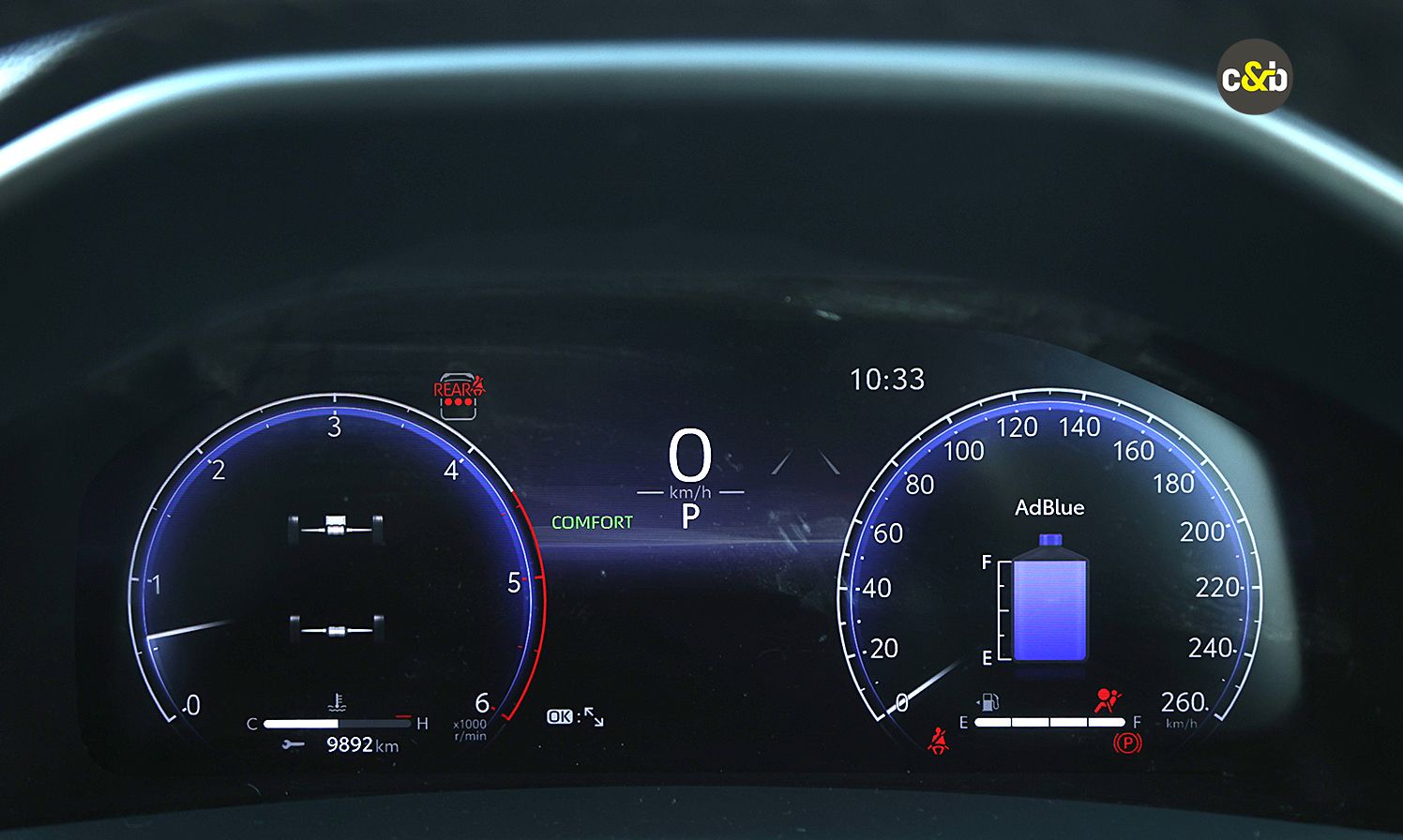
Digital instrument cluster design is quite clean, but lacks any real customisation; readout in the centre of the dials can be changed; Ad-Blue reservoir level is a nice touch.
The central touchscreen, meanwhile, has a very basic interface - displaying in-built maps as the default display with a small side-bar menu on the side for audio, telephone and vehicle settings. There is a distinct lack of a dedicated home screen, and while there is Android Auto and Apple CarPlay, a wired connection is required.
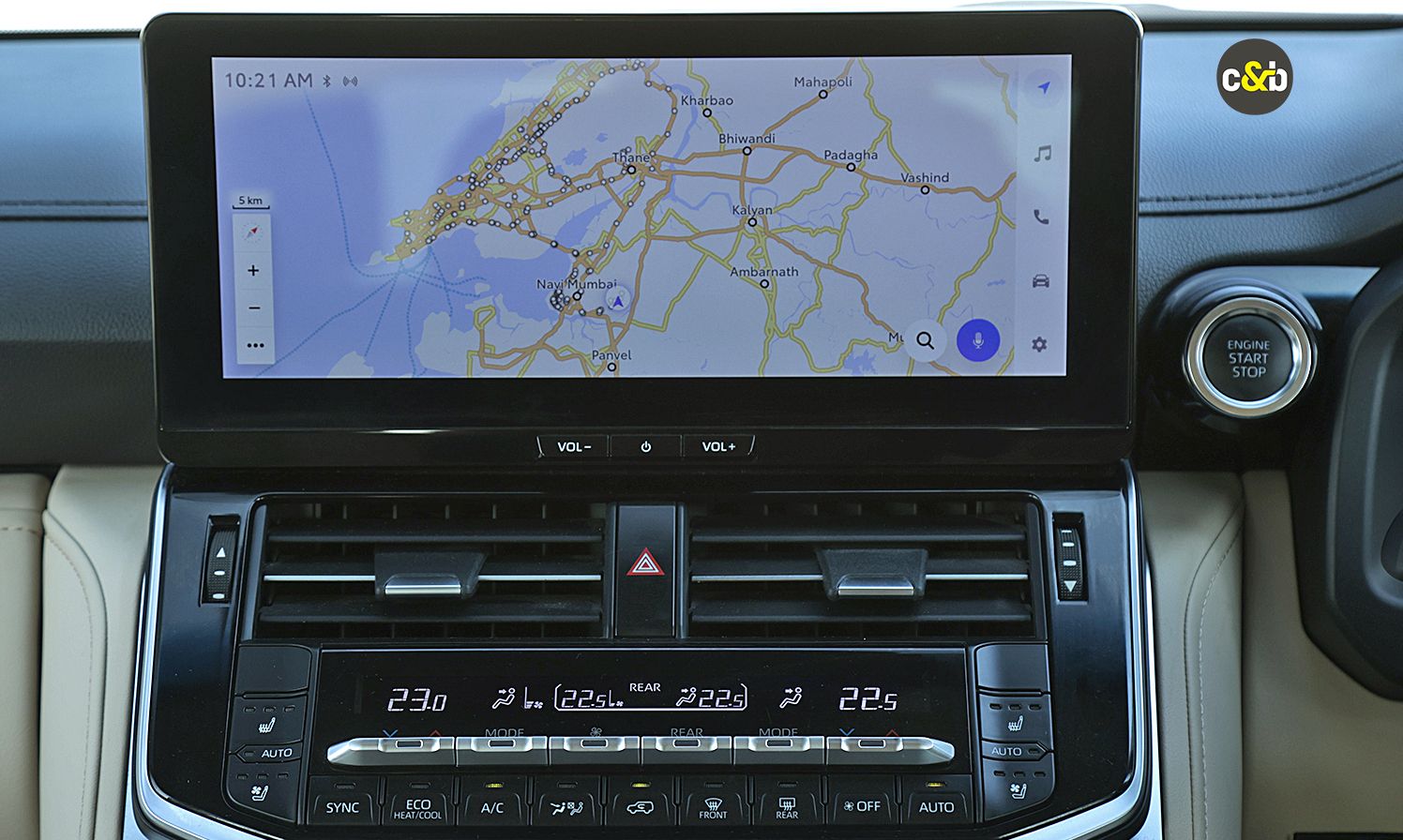
Central touchscreen has a very basic interface and lacks a dedicated home screen; Android Auto/Apple CarPlay requires a USB connection.
For India, the Land Cruiser is only offered as a five-seater with a split bench seat at the rear. The rear co-driver seat is a separate unit from the rest of the bench to allow it to tumble away on the 7-seater model, while the centre back rest (seatback folds 40:20:40) can also be folded to accommodate long items in the boot. The backrest can be reclined, but there is no fore and aft adjustment.
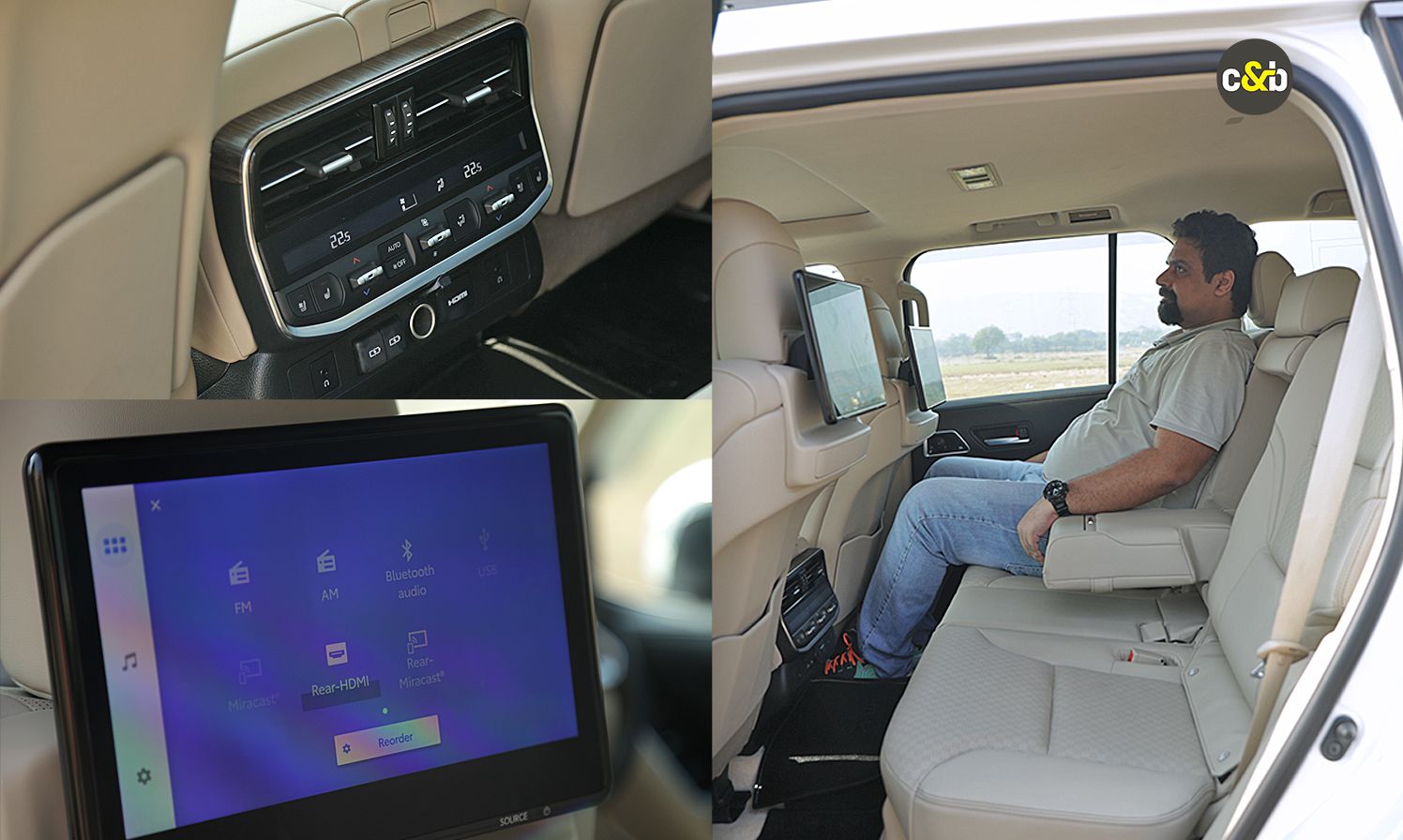
The rear seat bench is comfy, while the knee room is about average; rear passengers get independent climate control zones, heated and ventilated seats and rear-seat entertainment displays; there are ports for 3.5 mm jacks too on the centre console aside from HDMI and Type C ports.
For comfort, the rear passengers get their own dedicated climate zones for left and right, with the outer seats also being heated and ventilated. Rear seat occupants get dedicated controls at the back of the front floor console, including to adjust the flow of air between the upper body and feet. Charging options, including a 12V outlet and Type-C ports, are located at the base of the unit, which interestingly also features an HDMI input and 3.5 mm jack ports, two of them paired with twin seat-back infotainment screens for the rear passengers.
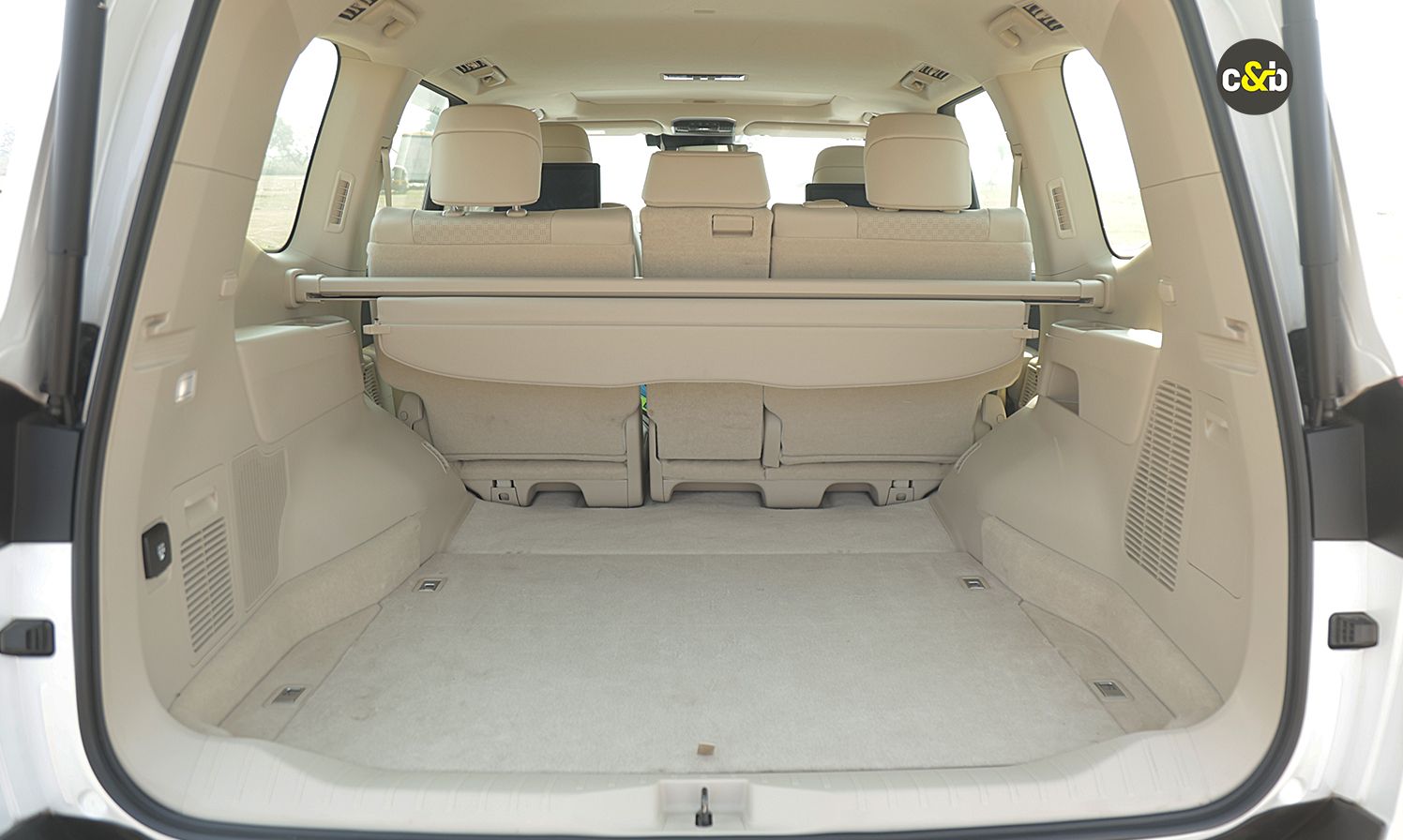
The Land Cruiser 300 for India is a five-seater, so the boot is simply cavernous; the second row back rest folds 40:20:40 to increase space.
The seat itself is large, comfy and can easily seat three abreast with adequate knee room, even with a near six-foot person in the driver's seat.

360-degree cameras are present, but image quality can't match some mass-market cars.
Land Cruise 300: Powertrain
The biggest change to the 300 Series Land Cruiser has come under the hood. The old-school diesel V8 and 6-speed automatic, which were known for their ruggedness and reliability, have made way for a smaller 3.3-litre twin-turbo V6 diesel and a more complex 10-speed automatic. The new mill produces just 304 bhp at 4,000 rpm and a meaty 700 Nm of torque between 1600 and 2600 rpm - more than its predecessor’s 262 bhp and 650 Nm. Four-wheel drive is permanent, with users able to switch between 4-High and 4-Low via a centrally located toggle beside the gear selector.
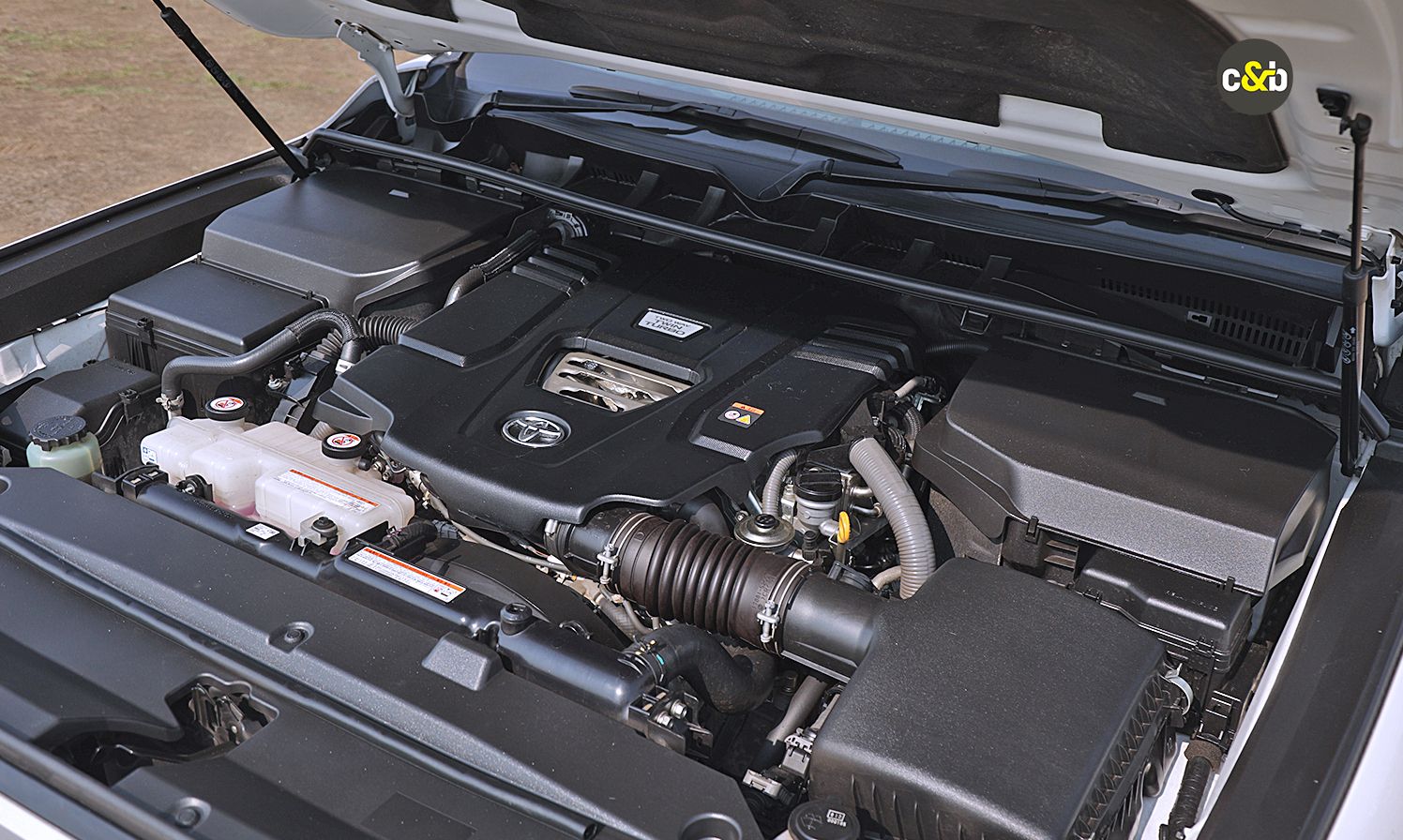
New twin-turbo V6 diesel makes more power and torque over the V8 it replaces; Revs up to around 4,500 rpm only.
In terms of outright performance, 0-100 kmph takes a long 8 seconds (claimed), but then again, outright performance isn’t the point when it comes to the Land Cruiser and will likely never be - even the GR Sport badged model in India and globally are more tuned for off-roading than on-road performance.

The Land Cruiser is full-time four-wheel drive; you can only pick between four high and four low.
Land Cruiser 300: Behind The Wheel
If you ever thought of the Land Cruiser as a big, lumbering beast of an SUV that could climb over any obstacle in its path, well, you’d be quite right. Unlike many other SUVs in this price range, the LC forgoes things like air suspension in favour of independent double wishbone front suspension and a 4-link rigid set-up at the rear. Not good for a pricey luxury SUV, but very good for one which wants to go everywhere where roads don’t exist.
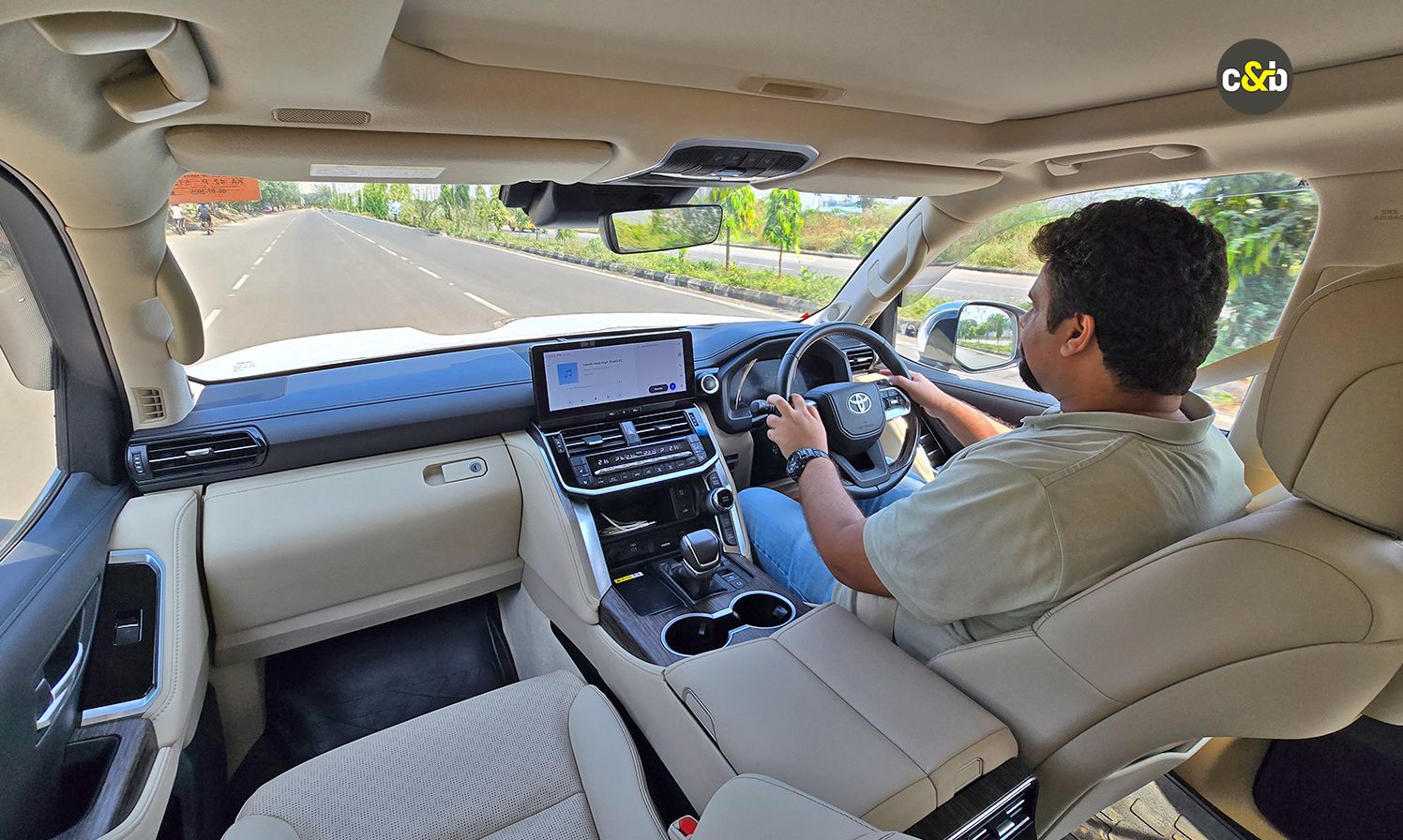
The view out of the driver's seat is commanding to say the least.
The LC towers over just about any other car on the road, and as the driver, you feel every bit of its giant proportions. The steering feels deceptively light for something this large and not very feel-some, but then again, you’re not driving something sporty.
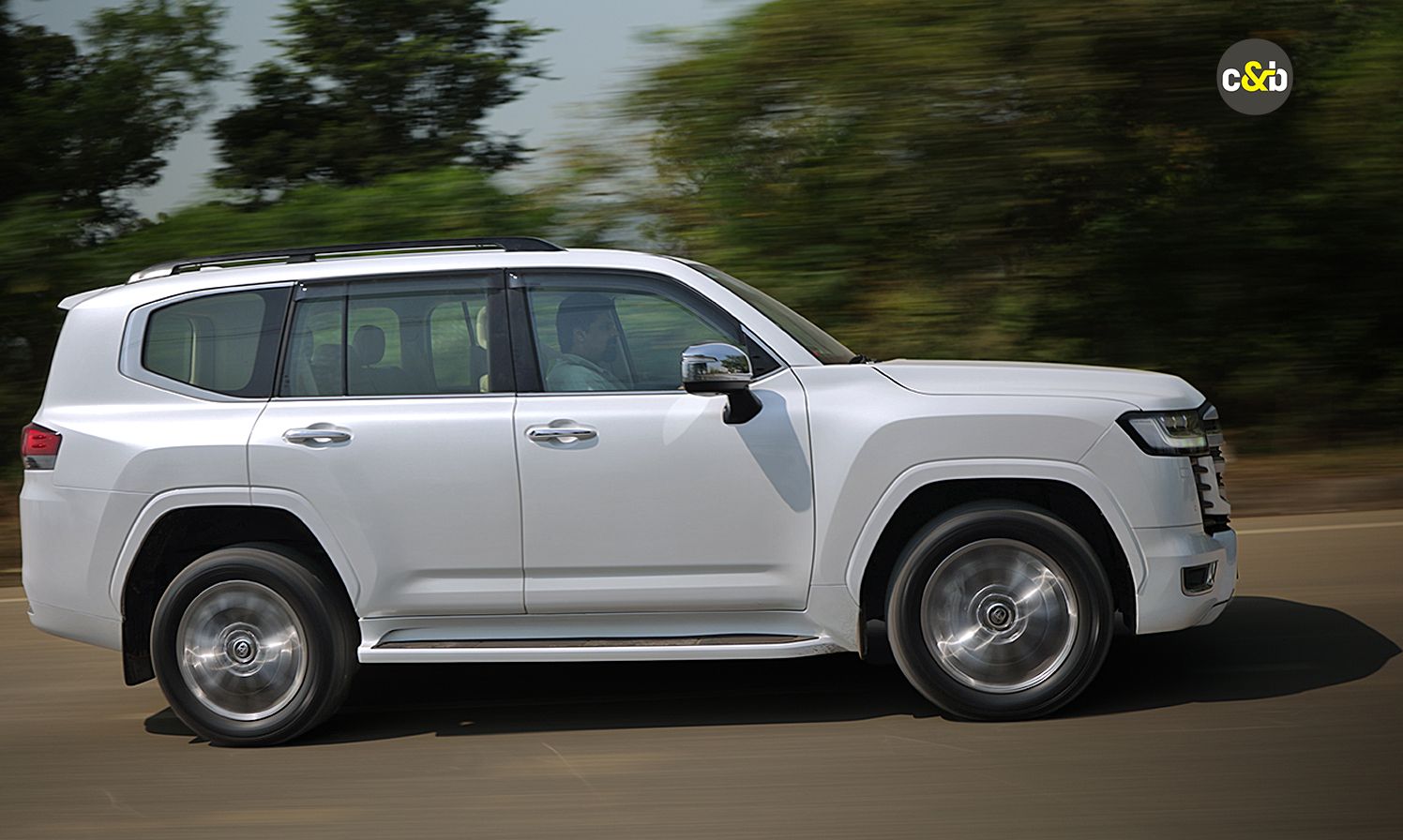
Terrain-conquering prowess is visible in the way the LC just shrugs off potholes.
The suspension just about crushes any road imperfection in its path - even large potholes won’t throw this SUV off much. There is some firmness typical of ladder frame SUVs at lower speeds, but once the Land Cruiser gets a move on, it almost feels like a locomotive. Pick up the pace, and the SUV will damn near barrel through any road imperfections in its path without breaking a sweat, and that’s a big plus given our road conditions.

No fancy air suspension here, just a simple double wishbone front and 4-link rigid axle rear suspension set-up; 230 mm of ground clearance will allow you to climb over just about anything in your path.
There are drive modes that adjust the steering and engine response, including having a Sports and Sports+ mode. Users can switch between drive modes and terrain modes via a pair of switches mounted on the top or bottom of the rotary selector on the centre console, with the dial letting you scroll through the modes under each.
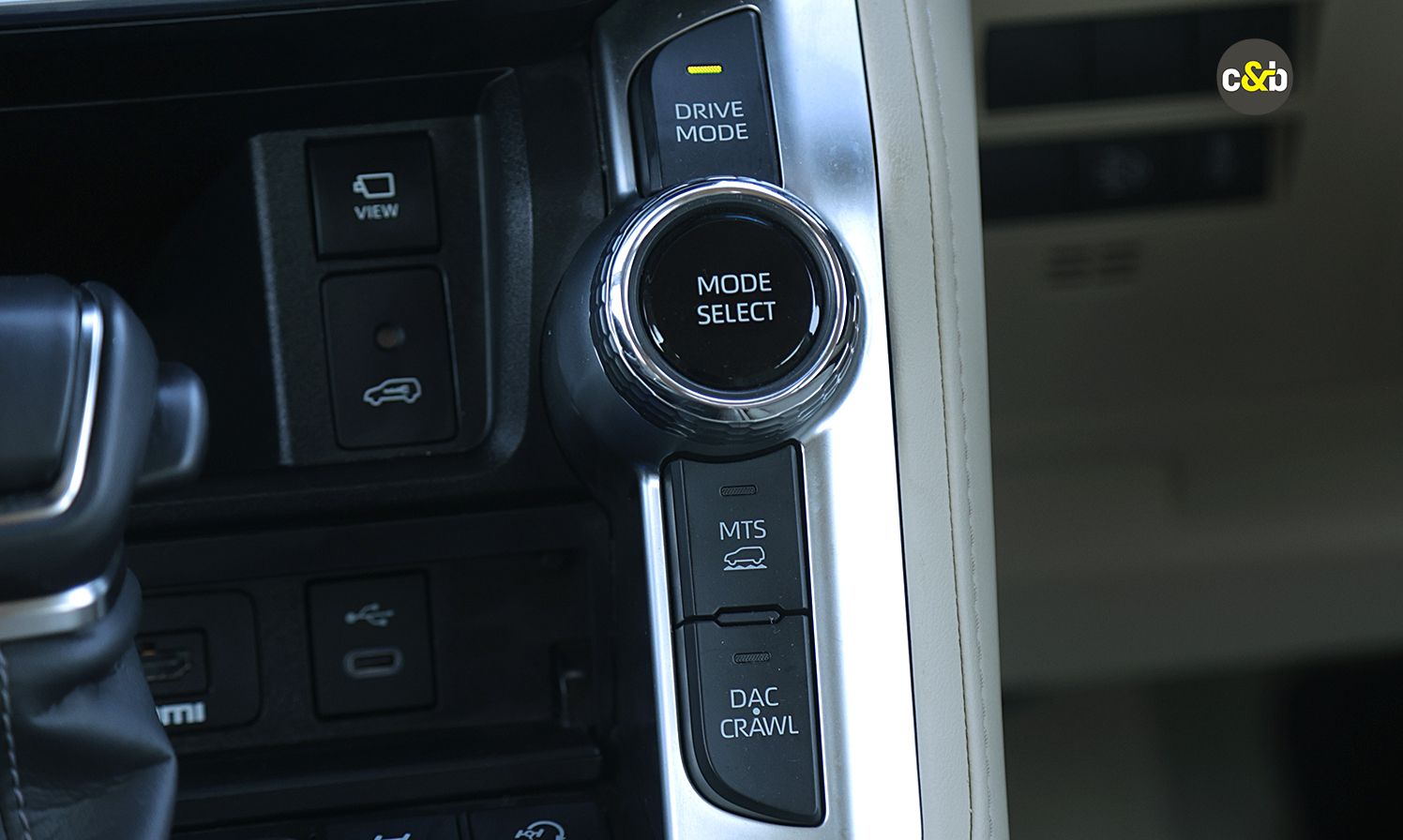
Drive modes and off-road modes (MTS) are present on the centre console; while drive modes adjust performance, it's not very noticeable.
The engine itself feels quite dead under 1,500 rpm, with not much power or torque to offer, though once beyond that point, peak torque kicks in and the big SUV surges forward, picking up the pace. You can’t quite describe the LC as a supermodel wearing sports shoes under her dress - maybe a more apt comparison could be akin to Mount Fuji wearing geta sandals? Acceleration isn’t quite rapid, more surging, with the SUV effortlessly picking up the pace as the meat of the torque band hits, and while the diesel mill redlines at a low 4,500 rpm, you won’t find yourself needing to go anywhere near the mark.
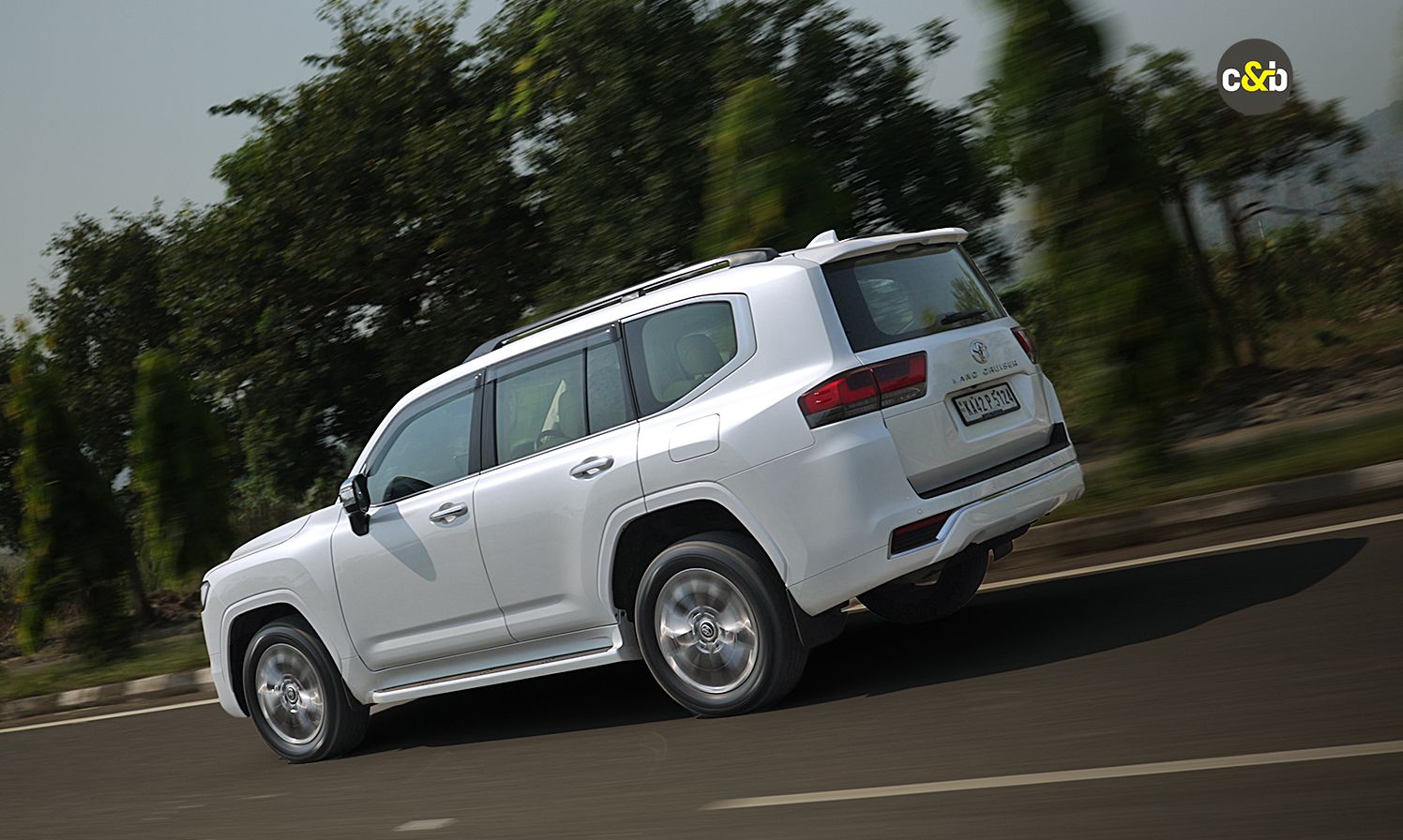
The LC doesn't so much sprint as it rides the torque wave; peak torque available from just 1,500 rpm.
Peak torque plateaus between 1,500 and 2,600 rpm, and the 10-speed automatic gearbox is more than happy to keep you in this zone. The gearbox has been very nicely meshed with the engine’s characteristics, and it seamlessly rolls through the gears in daily driving, with an occasional jerk only felt during decelerations.

10-speed automatic gearbox keeps you in the meat of the torque band almost all the time
Through the corners, the LC is not a very enthusiastic machine, and you will feel the SUV roll should you corner with gusto. That said, it will take gentle corners at highway speeds without breaking its stride, and even some tighter bends are not really an issue; however, drive this like a high-performance SUV, and you will feel the weight behind this ladder-frame SUV move around in the corners.
Toyota Land Cruiser 300: Should You Buy One?
Yes! No! Maybe? The answer is not quite that simple. At Rs 2.16 crore (ex-showroom), the LC is atrociously expensive in India, especially considering that several other options do a better job at being an ultra-luxury SUV at a similar or lower price point. Where the LC does hold its head high is in its sheer size and presence, as well as off-roading prowess backed by a reputation of reliability, but for the average ultra luxury SUV buyer, that might not be enough. And at this price point, the only off-roading this is likely to see are our pothole-filled streets or the occasional shallow centre median.
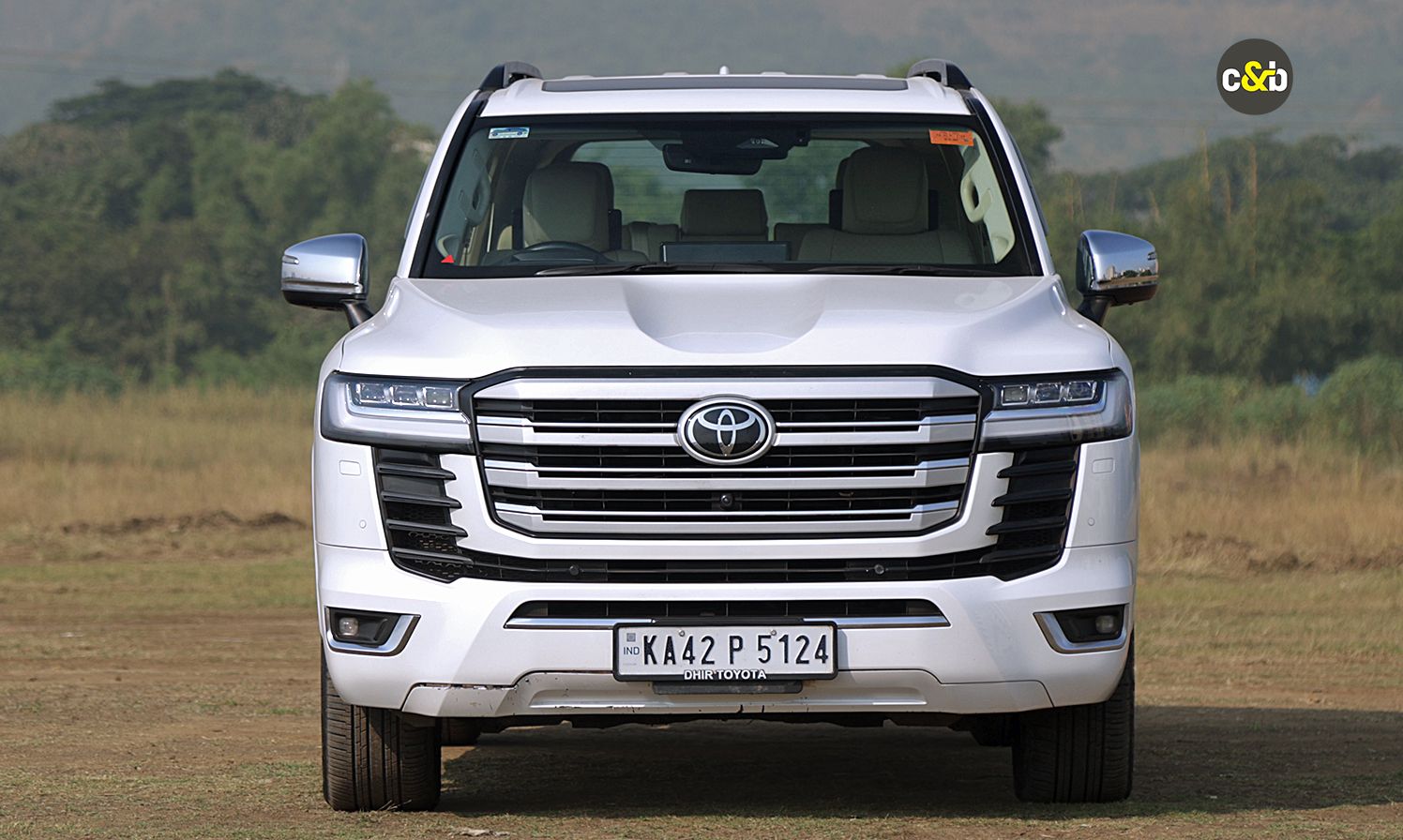
While it doesn't lack in road presence and toughness, the LC 300 doesn't quite feel worth the steep Rs 2.16 crore price tag.
In the end, buying the LC becomes a battle of the heart (read image) and mind. The LC, while lacking in luxury, is a robust machine that will get you from A to B with minimal fuss, and its off-roading prowess and reliability mean no bad road in the Indian context is bad enough. Then there is the name - Land Cruiser - a name so prestigious that the 300 Series was sold out for 4 years within months of its unveiling in 2021. There were even reports of early buyers in Japan signing undertakings with Toyota promising not to sell the vehicle for a set number of years after purchase.
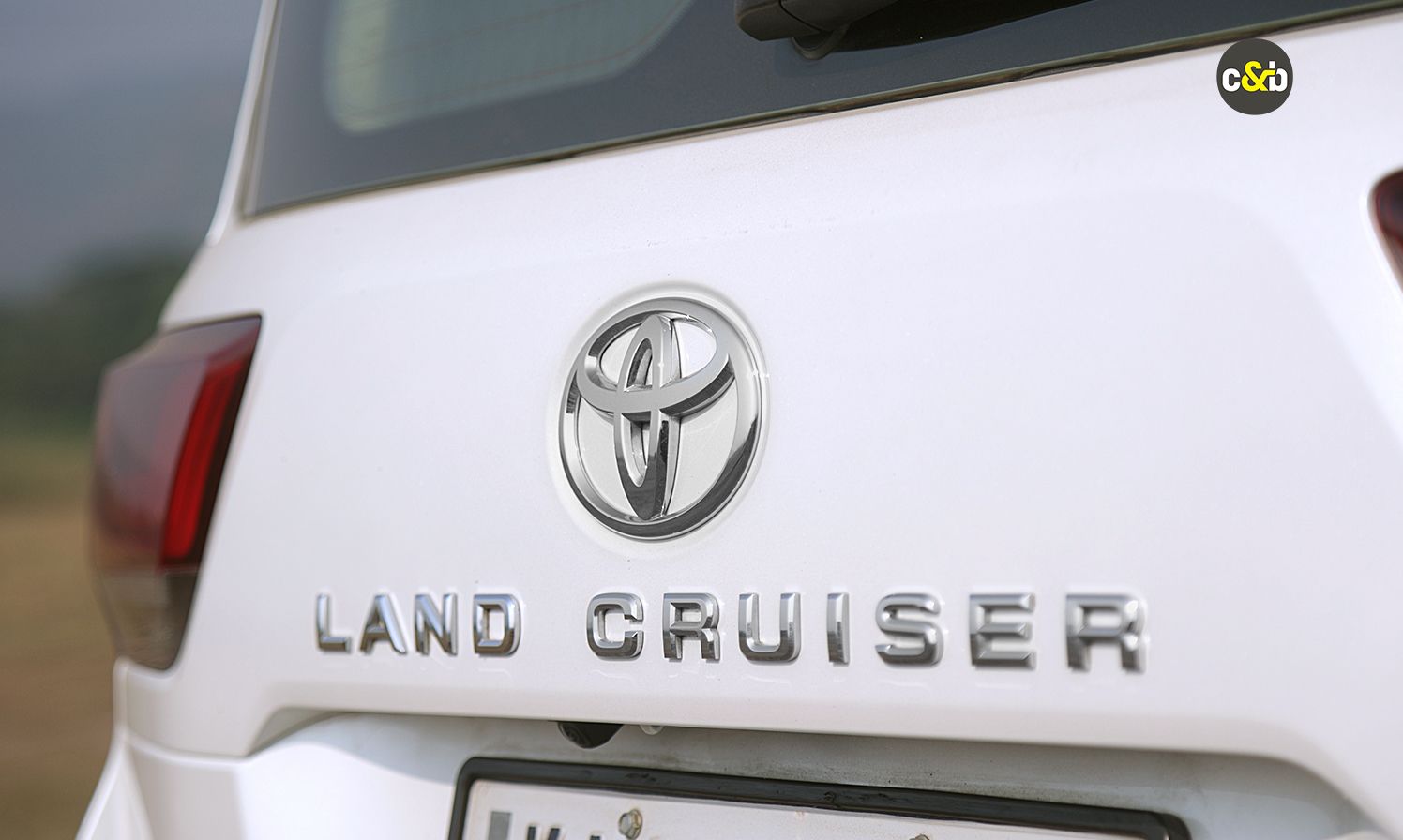
For the ultra-luxury SUV buyers, the LC will not tick all the comfort and tech boxes for being a primary vehicle, but its name is enough to find buyers.
The 300 is a machine that will only truly be understood by someone who knows what the Land Cruiser name stands for, and it's this small crowd that will appreciate what they are getting when they buy one. For the rest, the LC is one more feather in the cap to add to an already impressive garage - probably as a support vehicle.
Trending News
 4 mins readTata Punch EV: 45 Days Long Term Review
4 mins readTata Punch EV: 45 Days Long Term Review
Latest News
 car&bike Team | Nov 19, 2025Bajaj Auto Takes Charge Of KTM With Full Buyout; Pierer Group ExitsBajaj Auto has taken full control of KTM’s parent company, acquiring all of PBAG and bringing the entire Pierer Mobility group under its ownership.1 min read
car&bike Team | Nov 19, 2025Bajaj Auto Takes Charge Of KTM With Full Buyout; Pierer Group ExitsBajaj Auto has taken full control of KTM’s parent company, acquiring all of PBAG and bringing the entire Pierer Mobility group under its ownership.1 min read Jaiveer Mehra | Nov 19, 2025All-New Jeep Recon Electric SUV Revealed; 2.7 Tonne EV Gets Removable Doors, 400 KM RangeBoxy electric SUV brings the open-air off-roading experience to Jeep’s EV range with removable doors, and quarter & rear windows as well as an openable fabric roof.3 mins read
Jaiveer Mehra | Nov 19, 2025All-New Jeep Recon Electric SUV Revealed; 2.7 Tonne EV Gets Removable Doors, 400 KM RangeBoxy electric SUV brings the open-air off-roading experience to Jeep’s EV range with removable doors, and quarter & rear windows as well as an openable fabric roof.3 mins read car&bike Team | Nov 18, 2025Mahindra BE 6, XEV 9e Available With Discounts Of Up To Rs 1.55 LakhThe benefits come as part of the 1st anniversary of the all-electric Mahindra duo.2 mins read
car&bike Team | Nov 18, 2025Mahindra BE 6, XEV 9e Available With Discounts Of Up To Rs 1.55 LakhThe benefits come as part of the 1st anniversary of the all-electric Mahindra duo.2 mins read car&bike Team | Nov 18, 2025Ultraviolette F77 SuperStreet, F77 Mach 2 Launched In The UKUltraviolette has entered the UK market with the F77 Mach 2 and SuperStreet models, and has also displayed several upcoming products.1 min read
car&bike Team | Nov 18, 2025Ultraviolette F77 SuperStreet, F77 Mach 2 Launched In The UKUltraviolette has entered the UK market with the F77 Mach 2 and SuperStreet models, and has also displayed several upcoming products.1 min read Preetam Bora | Nov 18, 2025Kawasaki W230 Announced For The UK: Does It Make Sense For India?The Kawasaki W230 is a new modern classic roadster announced for the UK market in 2026. Will it make for a sensible launch in India?2 mins read
Preetam Bora | Nov 18, 2025Kawasaki W230 Announced For The UK: Does It Make Sense For India?The Kawasaki W230 is a new modern classic roadster announced for the UK market in 2026. Will it make for a sensible launch in India?2 mins read car&bike Team | Nov 18, 2025NeoKavach Launches India’s First Wearable Airbag Vest For RidersThe NeoKavach wearable airbag vest for motorcyclists, priced at Rs. 32,400, offers instant upper-body crash protection, by deploying in milliseconds in the event of a crash.1 min read
car&bike Team | Nov 18, 2025NeoKavach Launches India’s First Wearable Airbag Vest For RidersThe NeoKavach wearable airbag vest for motorcyclists, priced at Rs. 32,400, offers instant upper-body crash protection, by deploying in milliseconds in the event of a crash.1 min read













































































































































